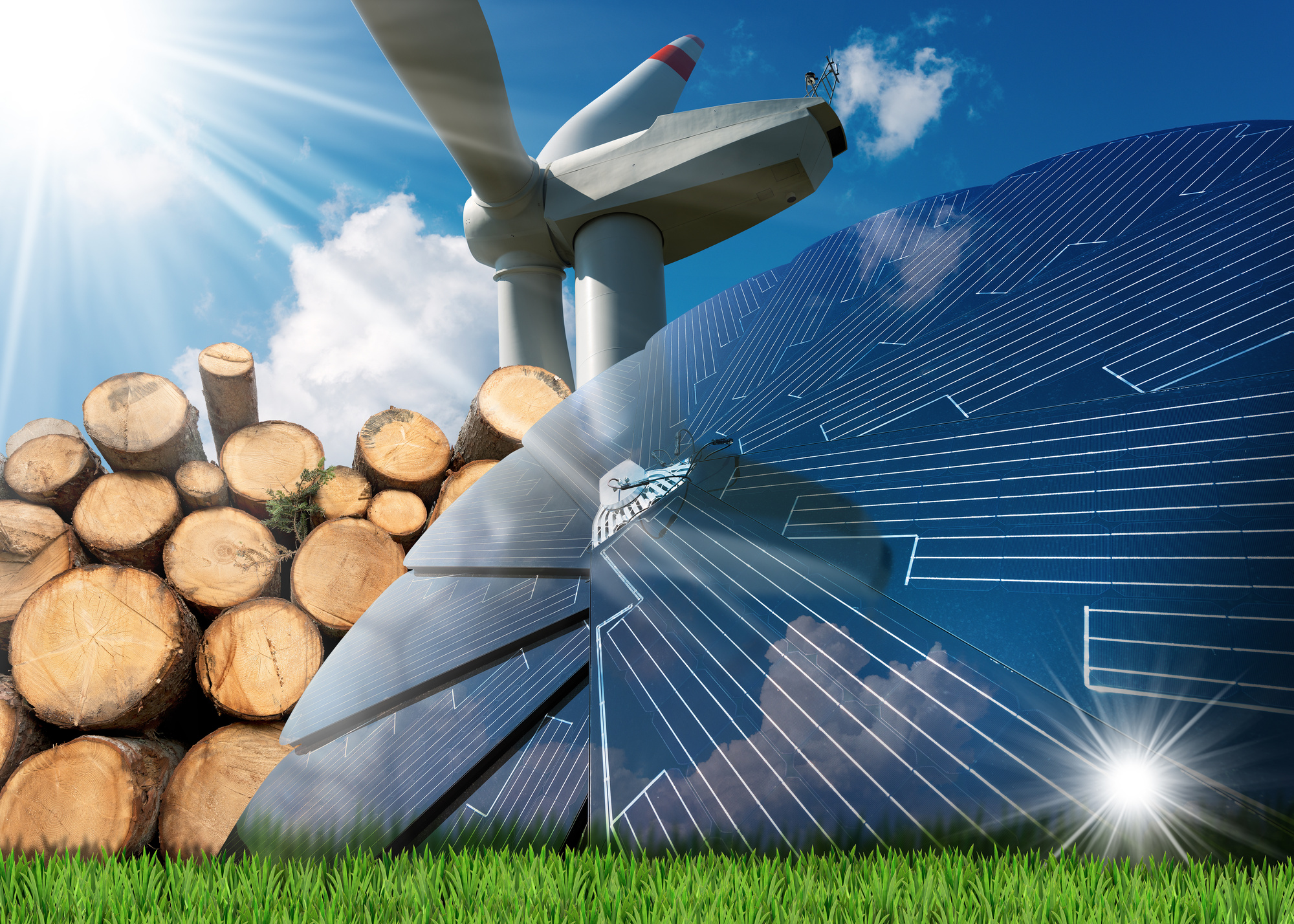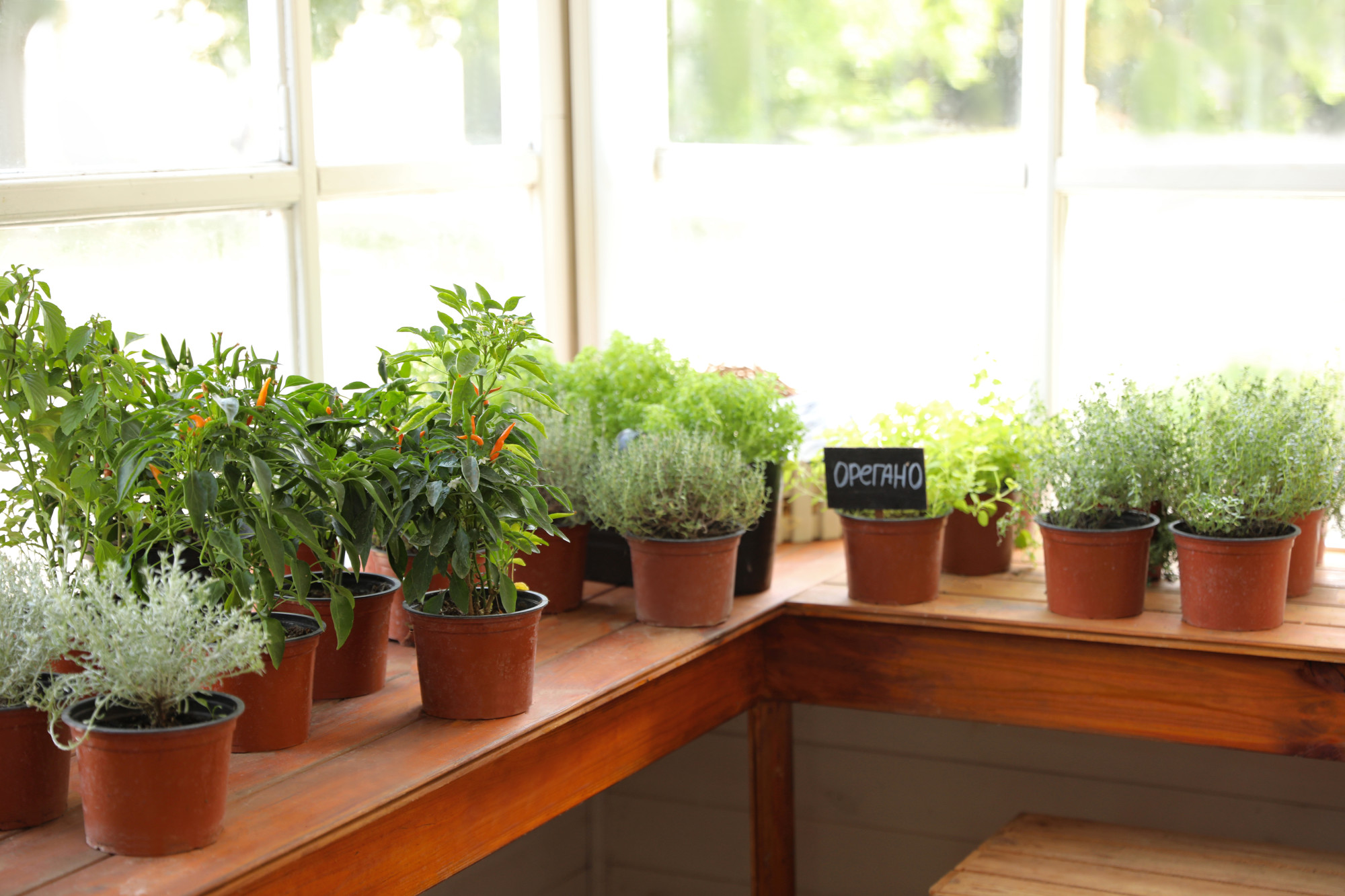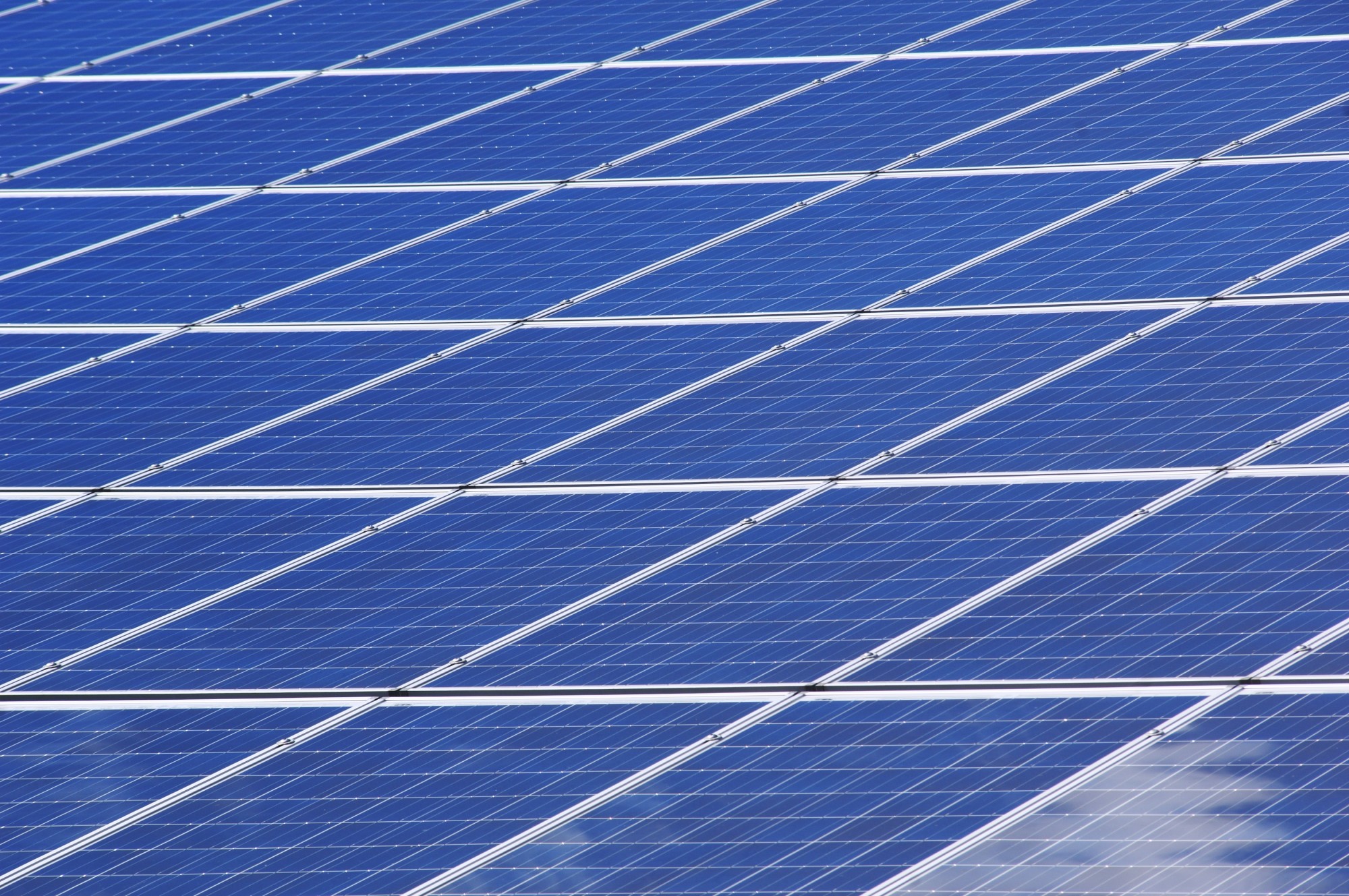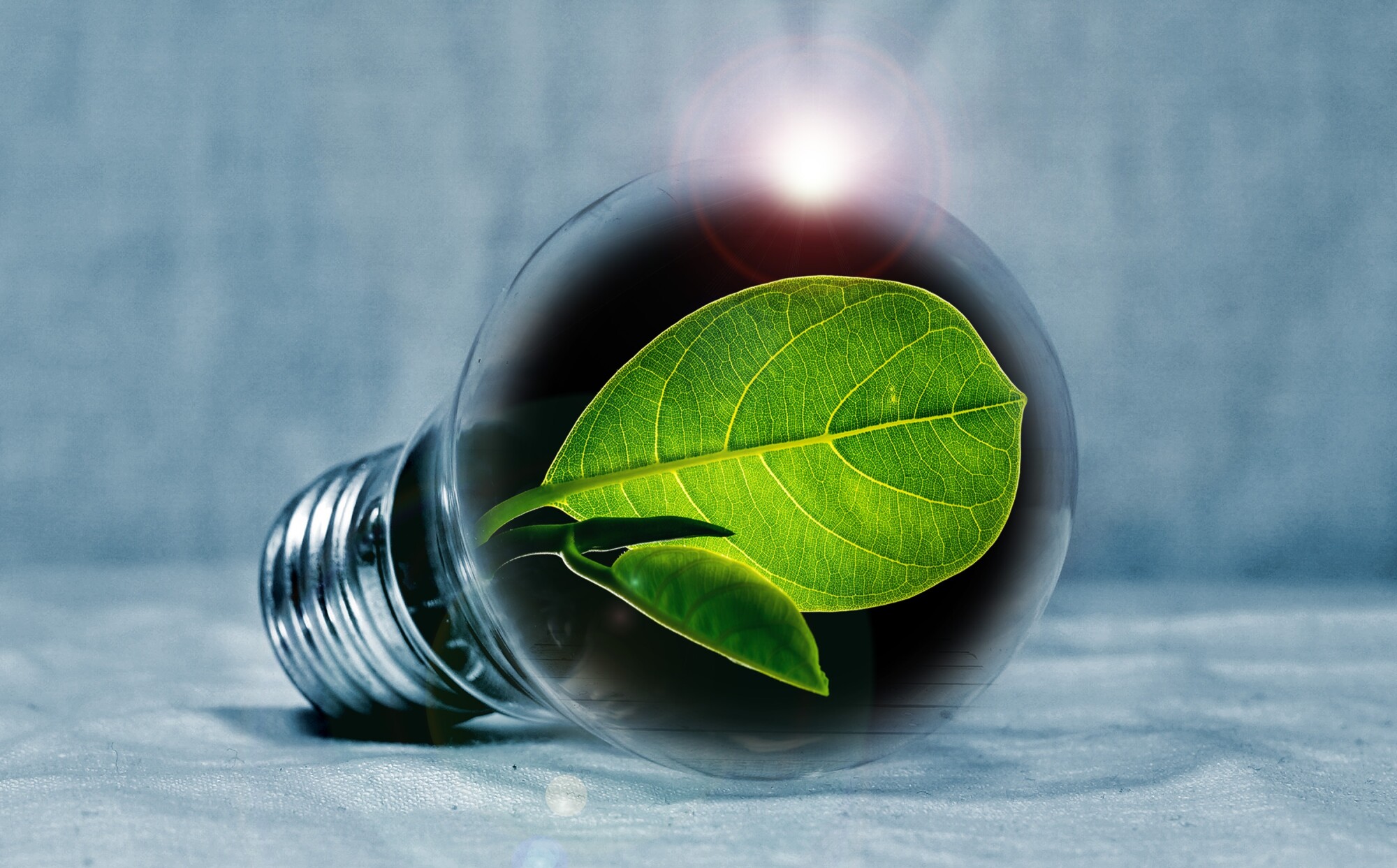Earthlings, we need to change our ways.
Scientists predict that the world’s supply of fossil fuels will never run out. Mother Nature has made sure of that.
No matter how slowly we burn the Earth’s remaining reserves of oil, gas, and coal, the resulting carbon-monoxide emissions will cause catastrophic global warming.
In other words, the world will go on–but we won’t.
Everybody needs to start implementing renewable energy sources wherever we can, and we need to do it today.
Here’s how you can get started, easily and cheaply.
What Are Renewable Energy Sources?
Renewable energy sources are power sources that we can re-use without generating noxious greenhouse gases.
These are:
- Geothermal energy–heat from the earth itself
- Hydropower–the movement of water
- Wind
- Solar
- Biomass–waste products
These forces of nature are a better solution for our energy needs than fossil fuels.
It’s not as simple as avoiding oil, gas, and coal-related products either. Almost everything we use in daily lives has an indirect energy cost associated with it.
Here’s how to cut down on using non-renewable sources.
1. Walk It Off
Leave real footprints, not carbon ones. Walk short distances instead of burning fuel by starting up your car. Even electric cars use fossil fuels. Unless they are being charged by solar or hydro-electric means, that is.
Ride a bicycle to work, or form a lift club with friends. It’s good, clean green fun.
Solar powered cars are a thing now. If you’re looking at buying a new automobile, this is the way to go.
2. Dig In
If you must drive or take public fossil-fueled transport, there’s only one way to counteract the emissions–plant a tree.
Trees can absorb up to 48 lbs. of carbon a year. That’s enough to cancel out the emissions from 2 gallons of gas.
Clearly, we need to do more about implementing renewable energy sources in our lives.
3. Solar-Powered Chargers
The sun is the most powerful source of energy in our galaxy and is a totally renewable energy source.
You don’t need to know how it works to harness the benefits, but here’s a quick explanation from Shine Solar to satisfy your curiosity.
Here are some of the small everyday ways you can implement solar power in your life:
- Battery chargers for mobile phones, video games, and cameras
- Solar-powered water heaters–the energy savings far outweigh the costs
- Mini fridges
- Tablets
- Lights and flashlights
Apart from the environmentally-friendly benefits of these devices, they can be used anywhere under the sun. You don’t get much more convenient than that.
You can power anything with solar panels–it’s a matter of matching the size of the solar panel to the item it needs to run.
4. Light up the Night by Day
Replace your electric security and garden lighting with solar powered lights.
These newer environmentally-friendly models don’t cost much more and will reward you with savings on your electricity bill. Their operational costs are 100% cheaper than traditional lighting.
The savings could go towards the cost of installing solar panels to power up your entire home.
5. Watch What You Drink and How
Don’t drink bottled water and cut out fizzy drinks.
Producing bottled water uses petroleum and natural gas resources at 2,000 times the rate of delivering clean drinking water to a tap.
Bottled and tinned soft drinks cost us even more.
Invest in a reusable glass drinking bottle and fill it from the tap. Your body will thank you for it.
Take your own mug to the coffee shop and invest in glass straws.
6. Keep It Tidy
If global warming doesn’t get us first, we could be overrun by litter instead.
Landfills take up space where trees could be growing. Waste is clogging up our waterways and destroying our wildlife.
Recycling can reduce the carbon footprint of a plastic bottle by up to 70%.
While recycling is always better than discarding plastics, first prize is to use less paper and plastic to start off with.
Fortunately, bio-degradable packaging is becoming more commonplace. Support companies that make use of these products.
Visit your greengrocer instead of a supermarket to purchase vegetables and fruit that don’t come wrapped in energy-sapping materials.
Take your own fabric bags or reusable containers to pack your purchases in.
7. Buy Local
Is that imported handbag really worth the cost to the environment?
Locally produced items cost way less to transport to market than those grown or made far away. This applies to road as well as air freight.
Fruit and vegetables that haven’t been on the road for a long time will also be fresher and taste better. There are no losers when you support your neighborhood farmers by buying local.
8. Use What Nature Gave You
Clothes dryers and heaters consume massive amounts of electricity which is generated by burning coal.
The wind and sun are renewable energy sources that do a great job of drying clothing when it is hung on a washing line outside. If the sun isn’t playing along, a breezy spot under cover will do the trick.
Throwing your wet clothes in the dryer may be an easy and quick way to get things done. Get outside and hang them up–the fresh air will do you good.
Planting evergreen trees as a windbreak will reduce the chilling effect of winter winds on your home.
The same trees will provide a barrier against the harsh summer sun, reducing the energy consumption involved in cooling your home. Leafy specimens are far better at creating clean air than gas-guzzling air-conditioners anyway.
Staying on the Right Track
Would you like to know more about renewable energy sources? Our blog is full of awesome tips for easy green living initiatives.
We can’t wait to introduce you to a better way of living. Subscribe to our feed and you’ll be the first to know when we have new information for you.










